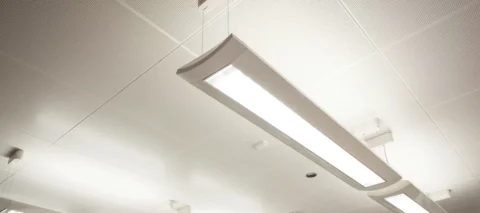You might attempt just about anything to find ease from chronic migraines. Because, migraines are often painful and exhausting, and they can control your quality of life.
If you have migraine symptoms on fifteen or more days every month, you have chronic migraines. Some patients do not respond well to over-the-counter or prescription medications. Sometimes your doctor may prescribe precautionary medicines, they will help minimize the regularity and severity of your symptoms. Research published in the journal neurology states that about one-third of patients with chronic migraines take precautionary medicines. In 2010, the FDA approved the use of Botox as treatment for chronic migraines. It may be time to try Botox if other treatment choices haven’t worked for you.
 What is Botox?
What is Botox?
Botox is a drug prepared from a toxic bacterium referred to as Clostridium botulinum. This toxin when consumed causes a life threatening for of food poison, called botulism. However, when you inject it into the body it causes completely different symptoms. Botox works by hindering certain chemical signals from your nerves, therefore causing temporary paralysis of your muscles.
In the late 1990’s and early 2000’s Botox obtained fame as a wrinkle reducer. It was shortly realized by researchers the potential of Botox for treating medical conditions. Botox is additionally used to treat issues like recurring neck spasms, eye twitching, and overactive bladder. The FDA approved Botox as a precautionary treatment possibility for chronic migraines in 2010.
How is Botox used to treat migraines?
Botox treatments for chronic migraines is generally administered once every three months. Your doctor can suggest an amount of time for treatment plan depending on your response to Botox. Each session usually lasts 10-15 minutes. Throughout the sessions, the doctor will inject many doses of Botox into certain points along the bridge of your nose, your temples, and your forehead, the back of your head, your neck, and your upper back.
What are the potential benefits of Botox?
The treatment of Botox can help minimize the symptoms of migraine headaches, nausea, vomiting and sensitivity to lights, sounds and smells. It can take up to 10-15 days for you to feel relief after Botox injections. Some people might not experience any relief from symptoms after receiving the first set of injections. Having more treatments could prove more sufficient.
What are the potential risks of Botox?
Side effects and complications of Botox treatment is uncommon. The injections are practically painless. You will feel a small sting with each injection.
The most common side effects are neck pain and stiffness at the injection site. You can experience a headache afterwards. You also| may feel temporary muscle weakness in your neck and upper shoulders. This can make it hard to keep your head upright. These side effects usually resolve on their own in a few days.
In rare cases, Botox can spread to alternative areas of the body. If this does occur, you will experience muscle weakness, vision changes, and problem swallowing and drooping eyelids. To minimize your risk of these side effects and complications, always have your Botox administered by a trained healthcare professional who has experience using Botox.
Is Botox right for you?
Almost all insurance provider cover the cost of Botox injections when used to treat chronic migraines. It can cost several thousand dollars if you do not have insurance, or your insurance will not cover the cost of the treatment. Typically your insurance provider may need you to have different procedures or tests done before they’re going to cover the cost of Botox treatments.
The takeaway
Botox is one of several treatment options available to you if you have chronic migraines. Botox injections may not be recommend by your doctor until other treatments have been proven unsuccessful. Your doctor may suggest Botox if you do not feel relief after other treatments or migraine medications.
It might be time to speak to your doctor regarding Botox if different precautionary treatments haven’t relieved your chronic migraine symptoms. The treatment is quick and risk is low.


 What is Botox?
What is Botox?




